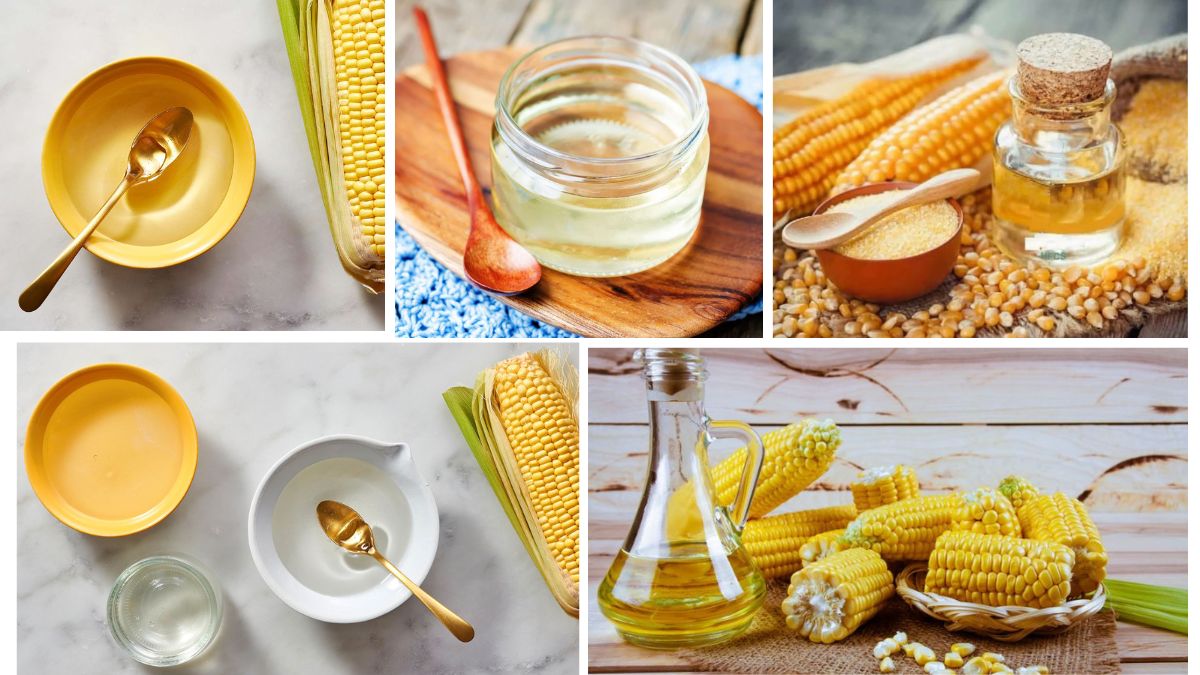Corn syrup, a widely used sweetener derived from the starch of corn (maize), plays a critical role in the global food and beverage industry. From soft drinks and candies to processed snacks and baked goods, this versatile ingredient is at the heart of modern food manufacturing. As consumer demand for convenient, shelf-stable, and sweet-tasting products continues to grow, so too does the importance of corn syrup production on the global stage.
Among all nations, the United States of America stands out as the largest corn syrup producer in the world, thanks to its massive corn agriculture, highly industrialized processing facilities, and long-standing demand from the domestic food industry. This article explores the global corn syrup industry, the chemistry and production of corn syrup, and provides detailed insights into why the U.S. dominates this space.
Understanding Corn Syrup: Composition and Uses

Corn syrup is a thick, sweet syrup made by breaking down corn starch into glucose molecules through a process known as hydrolysis. There are primarily two types of corn syrup:
- Regular Corn Syrup: Primarily composed of glucose.
- High-Fructose Corn Syrup (HFCS): A modified version where some glucose is converted into fructose to increase sweetness.
Applications of Corn Syrup
Corn syrup is used in:
- Soft drinks and sweetened beverages (especially HFCS)
- Candy, chocolate, and caramel
- Baked goods and jams
- Sauces, marinades, and salad dressings
- Pharmaceutical syrups and cosmetic products
Its popularity is attributed to several factors:
- High sweetness levels
- Low production cost
- Shelf stability and moisture retention
- Easy blending with other ingredients
Global Corn Syrup Market Overview
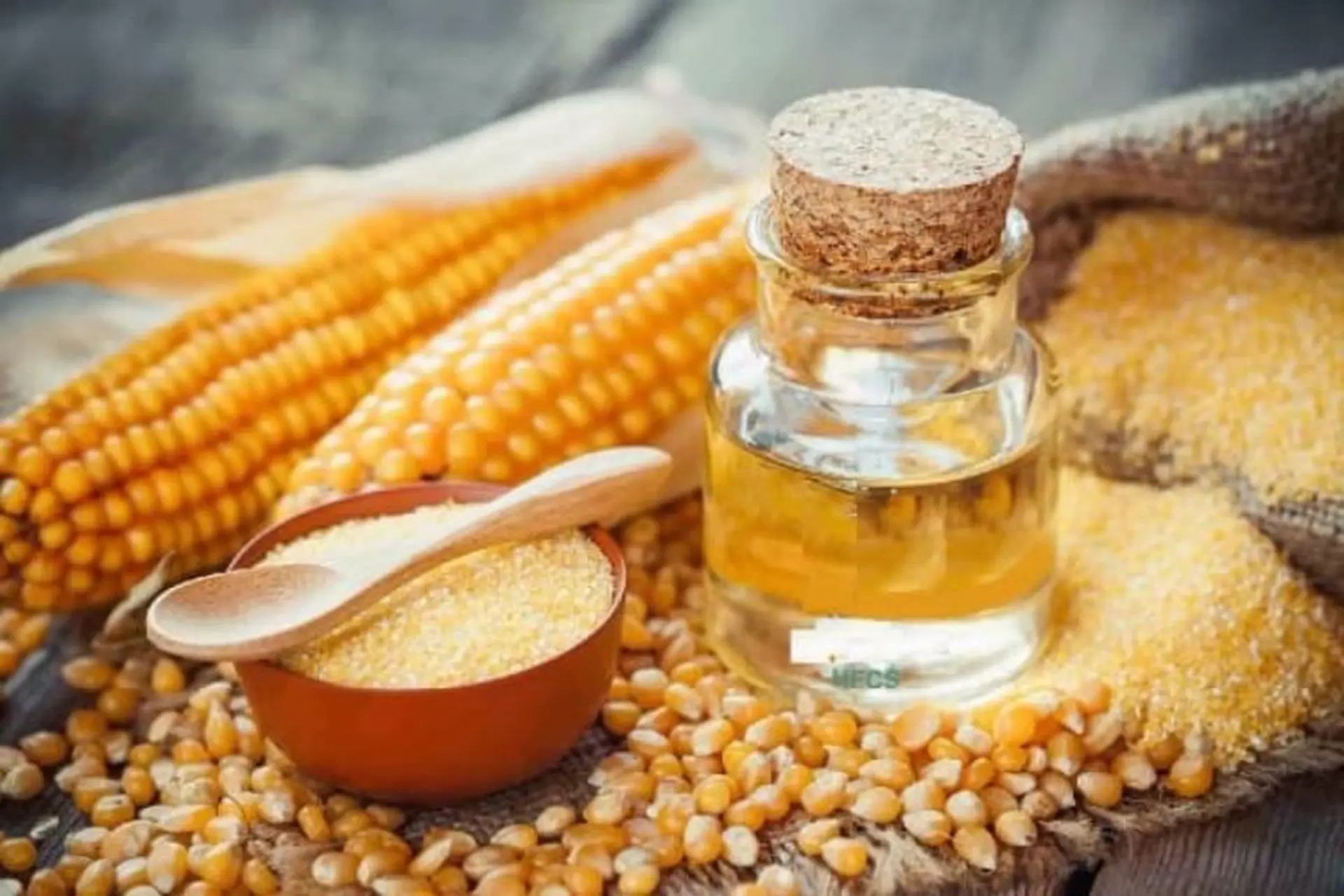
The global corn syrup market was valued at over USD 9 billion in 2024, and it is expected to grow steadily, especially in developing economies where processed foods are rapidly gaining market share.
However, North America dominates both production and consumption, with the United States being the undisputed leader due to its massive corn production capacity and a robust food processing sector.
The United States: World Leader in Corn Syrup Production
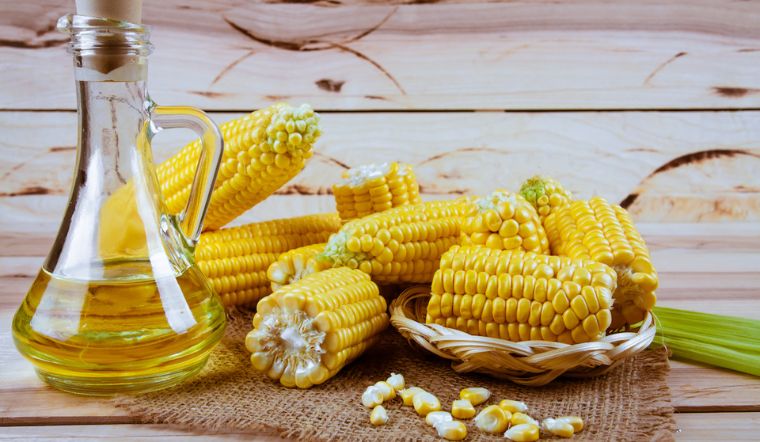
1. Abundant Corn Supply
The United States is the largest corn producer in the world, growing approximately 380 million metric tons annually, according to USDA data. Corn is primarily cultivated in the Midwest, particularly in states like:
- Iowa
- Illinois
- Nebraska
- Minnesota
- Indiana
This abundance of corn forms the backbone of the U.S. corn syrup industry, providing a cheap and reliable feedstock.
2. Industrial Infrastructure
The U.S. boasts a highly industrialized starch and sweetener processing sector, featuring state-of-the-art refineries that convert corn into a wide range of by-products including:
- Corn starch
- Corn oil
- Ethanol
- Glucose syrup
- High-fructose corn syrup
Major players in the U.S. corn syrup industry include:
- Cargill, Inc.
- Archer Daniels Midland Company (ADM)
- Ingredion Incorporated
- Tate & Lyle Americas
These companies not only supply the domestic market but also export corn syrup and related products globally.
3. High Domestic Demand
The United States is also the largest consumer of high-fructose corn syrup, primarily due to its widespread use in sodas, processed snacks, and frozen desserts. The availability and affordability of HFCS led to it replacing sucrose (cane sugar) in many U.S. products during the 1970s and 1980s.
As a result, the U.S. developed an ecosystem where production, processing, distribution, and consumption of corn syrup are all locally and efficiently integrated.
How Corn Syrup Is Produced in the U.S.
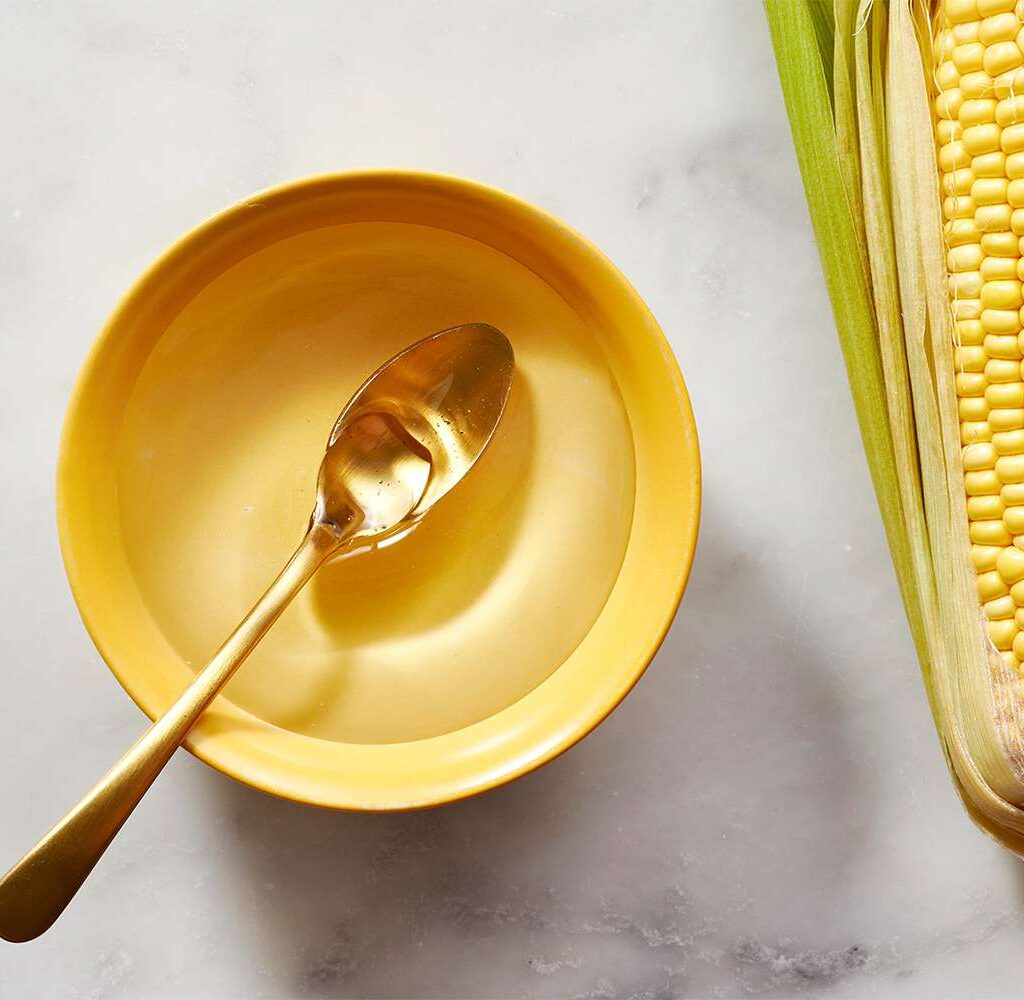
Corn syrup production involves several key steps:
- Corn Wet Milling: Corn kernels are soaked and ground to separate the starch from the fiber, protein, and oil.
- Starch Hydrolysis: The starch is broken down into glucose through enzymatic or acid hydrolysis.
- Conversion to HFCS (Optional): Glucose is converted into fructose using the enzyme glucose isomerase to produce HFCS.
- Purification & Concentration: The syrup is filtered, evaporated, and standardized to achieve the desired sweetness level and consistency.
The most common types produced in the U.S. include:
- HFCS-42: Used in processed foods.
- HFCS-55: Used in soft drinks.
- Glucose syrups: Used in confectionery and baking.
Economic Importance of Corn Syrup in the U.S.
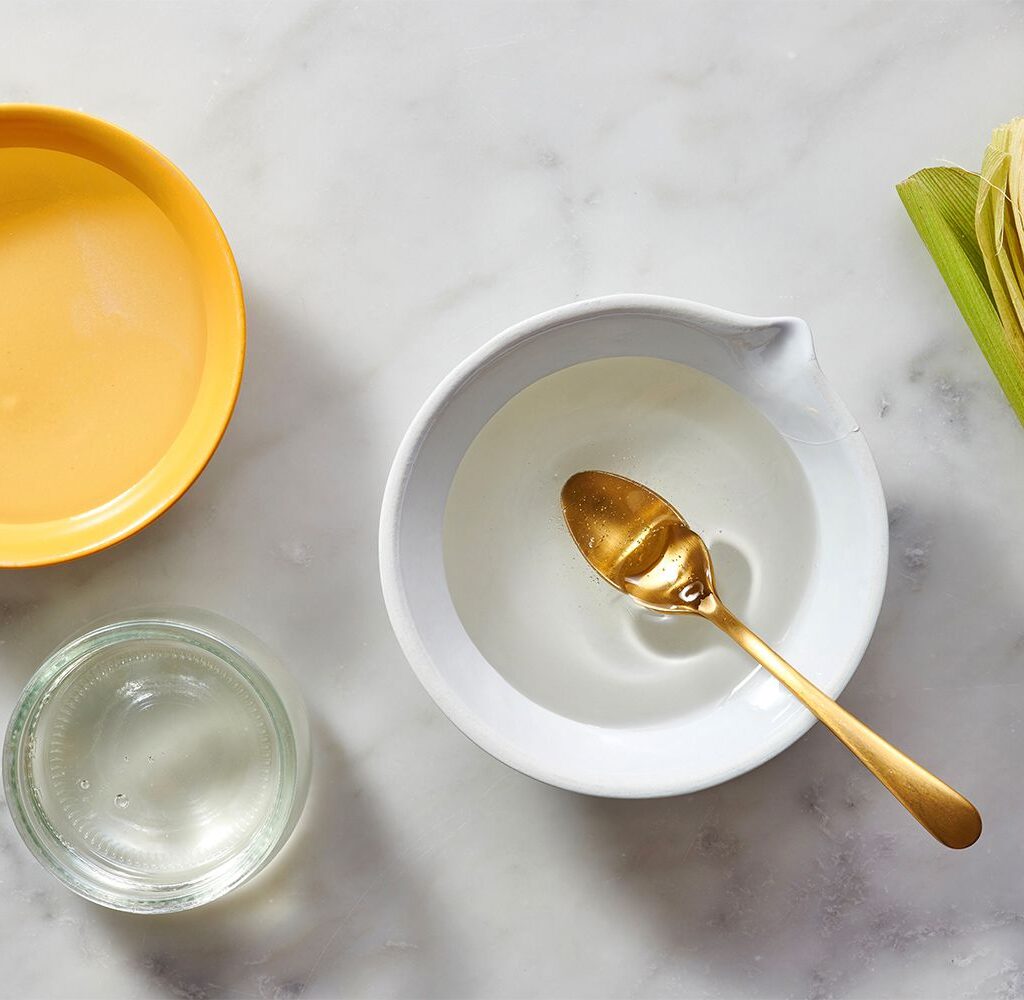
1. Export Power
The U.S. exports corn syrup and HFCS primarily to:
- Mexico
- Canada
- Japan
- South Korea
- Colombia
Mexico is the largest importer of U.S. HFCS, using it extensively in beverages and processed foods.
2. Job Creation
The corn refining industry in the U.S. supports tens of thousands of jobs in agriculture, logistics, food manufacturing, and retail. It also contributes billions of dollars to the GDP annually.
3. Integration with Biofuel Industry
Corn refining also supports ethanol production, making the entire corn value chain highly integrated and economically vital.
Other Leading Corn Syrup Producers
1. China
China is the second-largest corn syrup producer, with significant growth in HFCS production to meet increasing demand in food and beverage sectors. However, China relies on both domestic production and imports to meet total demand.
2. Mexico
Mexico has a strong demand for corn syrup, especially HFCS, but still imports a significant portion from the U.S. due to limited local production capacity.
3. Brazil
Brazil’s corn syrup industry is growing, but its primary focus remains on ethanol production. Limited domestic demand for HFCS has kept production volumes modest.
4. European Union
The EU primarily uses glucose syrups derived from wheat and potatoes due to GMO restrictions on corn. HFCS usage is also regulated under EU sugar quotas, limiting large-scale production.
Health Debates and Regulatory Trends
High-fructose corn syrup has faced significant scrutiny for its possible role in obesity, diabetes, and metabolic disorders. Public health campaigns and growing consumer awareness have led to a decline in HFCS consumption in some developed markets, including the U.S.
However, food producers have responded by reformulating products or marketing “corn sugar” under cleaner-label formats. Moreover, glucose syrups and non-fructose corn syrup variants continue to see high usage across industrial food applications due to their functionality and cost-effectiveness.
The Future of Corn Syrup: Sustainability and Innovation
With increasing focus on health, environment, and transparency, corn syrup producers are now:
- Investing in enzyme technology to improve efficiency.
- Exploring bio-based packaging and waste-reduction methods.
- Creating low-calorie and clean-label sweetener alternatives, such as allulose and tagatose.
- Exploring organic and non-GMO sourcing options for premium markets.
The U.S. remains a global leader not just in volume, but in innovation and sustainability in corn syrup production.
Conclusion
The United States is the largest corn syrup producer in the world, leading in both raw corn availability and processing technology. Its integrated infrastructure, global food partnerships, and longstanding consumer base make it a dominant force in the global corn syrup industry.
As health and sustainability concerns reshape food systems, the U.S. industry is also evolving—developing smarter, cleaner, and more responsible ways to produce and use corn syrup and its derivatives. With robust R&D, large-scale agricultural output, and a global supply chain, the United States will likely maintain its leadership in corn syrup production for the foreseeable future.
